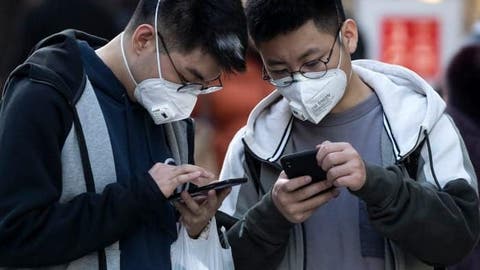This morning, Reuters reported the research report showed that due to the new coronavirus epidemic, China’s smartphone sales may fall by 30-50% in the first quarter of this year.
Chinese smartphone manufacturers such as Huawei had hoped that the rapid development of 5G in China this year would help the world’s largest smartphone market rebound after years of decline in overall sales. However, the virus outbreak affected China’s manufacturing industry and indirectly affected the 5G industry associated with smartphones. Canalys said in a report last week: ‘Given that large-scale public events are not held in China (to control the epidemic), manufacturers’ planned product launches will be canceled or postponed. This may curb 5G product shipments.’
Canalys also predicts that China’s smartphone shipments will halve in the Q1 compared to a year ago. At the same time, IDC expects it to decline by 30%.
Also Read: Chinese Smartphone Market Has A Year-On-Year Decrease Of 6.2%
Apple said it would extend retail store closures in China, and no opening date has yet been announced. Foxconn, the main iPhone assembler, is also working to fully restore the factory. Huawei, China’s largest smartphone supplier, says its production was ‘normal’ but did not elaborate. Like many other local counterparts, Huawei’s production also relies on third-party manufacturers.
Analysts said that if the plant fails to restore full capacity on time, it may delay the brand’s ability to bring its latest products to market. Chinese smartphone manufacturers such as Xiaomi, Huawei and OPPO should release flagship devices in the first half of the year. OPPO told Reuters that although the epidemic will affect the operation of some local factories, due to the existence of its overseas factories, ‘production capacity can be effectively guaranteed’. Xiaomi did not respond to relevant media comment.
China’s Smartphone Sales Predictions
IDC analyst Will Wong said: ‘The delays in reopening factories and the labour return time will not only affect shipments to stores. It will also affect the product launch times in the mid- and long-term.’
TrendForce said global smartphone production will fall 12% in March to a five-year low of 275 million units. The company cut iPhone production by 10% to 41 million units. Huawei’s production is expected to decrease by 15% to 42.5 million units. In addition, Samsung Electronics, the world’s largest smartphone maker, is considered the least affected company. As you know, its main production base in Vietnam. The company lowered its production forecast by only 3% to 71.5 million units.
Follow Gizchina.com on Google News for news and updates in the technology sector.
